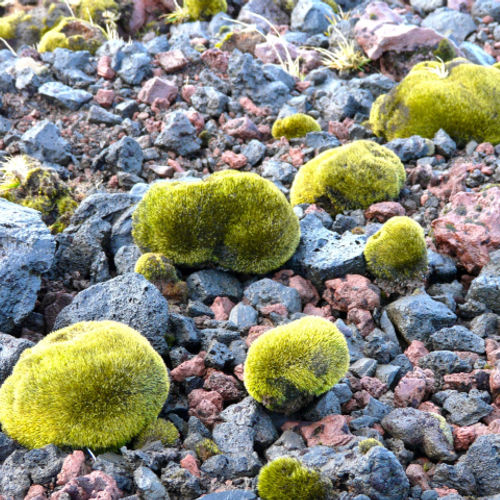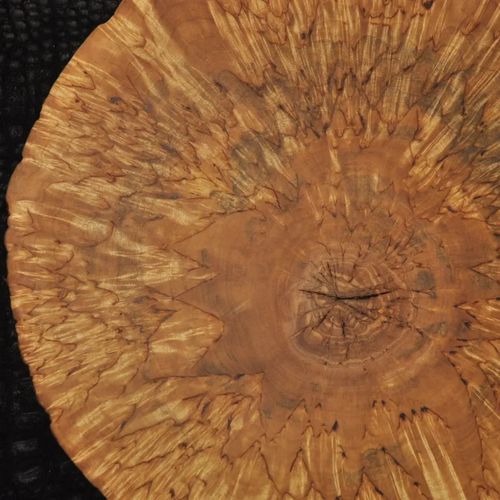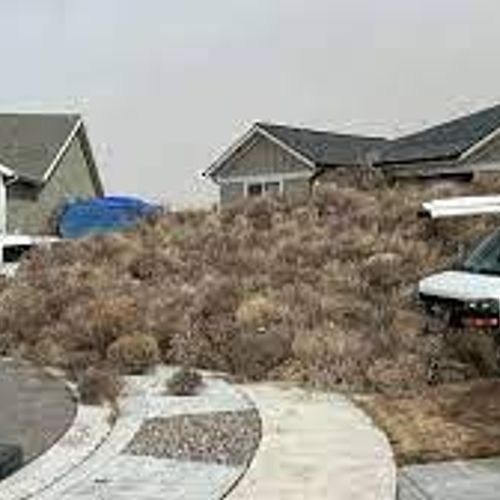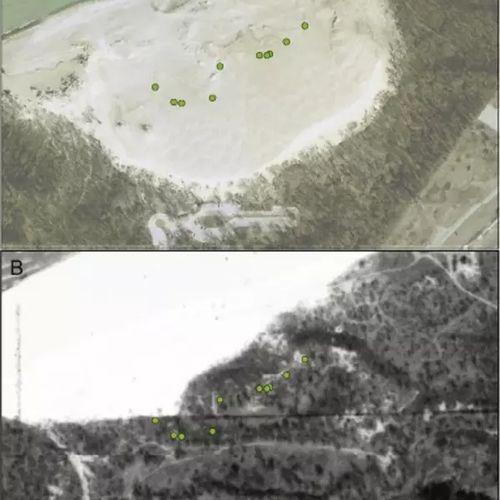
| Added | Thu, 06/07/2023 |
| Источники | |
| Дата публикации | Thu, 06/07/2023
|
| Версии |
On glaciers, sometimes there are bizarre moss balls of rich green color. Interestingly, they move in colonies with equal speed and in the same direction.
These lumps were first described in 1950 by the Icelandic meteorologist Jon Petur Eyorsson, who named them jökla-mýs, which means "glacier mice" in Icelandic.
According to experts, "mice" grow due to impurities on the icy surface, and they can not be observed very often.
As soon as the researchers first saw these balls, they wondered where this phenomenon came from. It is noted that in order to survive, the "mice" must move, since each side must warm up in the sun, otherwise the moss will die.
This phenomenon has been observed in Svalbard, Alaska, Iceland and the South American continent. It has been known about it since the 50s of the last century, but it is still little studied.
One of the main questions is how the lumps, capable of living for about 6 years, move.
To find out, the scientists decided to observe 30 "mice" in Alaska, marking each with a loop of wire with colorful beads. The location of each lump was tracked for 54 days in 2009.
As it turned out, the "glacier mice" moved synchronously. At first, it seemed to the specialists that they were simply rolling down the slope, but this was not true. Then the experts decided that in this place the wind blows in the same direction all the time, but this turned out not to be the case. Experts also considered the option of the sun melting ice and making moss lumps move, however, there were more questions than answers.
Alas, the way of moving the "glacier mice" is still a mystery.
Новости со схожими версиями
Log in or register to post comments






